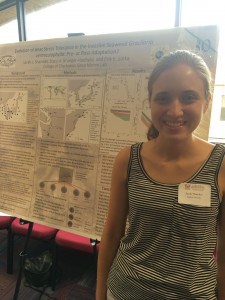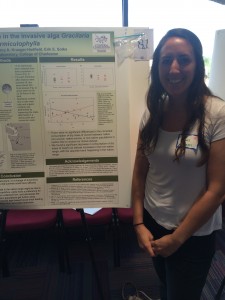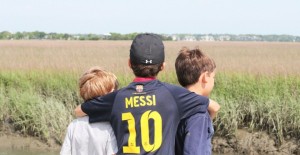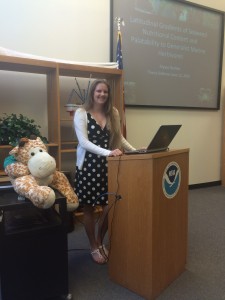We had an outstanding and talented team working on the Gracilaria vermiculophylla project this summer: Undergrads Lauren Lees, Paige Bippus and Sarah Shainker (CofC), REU student Aaron Baumgartner (U. Akron), GPMB graduate student Ben Flanagan, and our intrepid postdoc Stacy Krueger. The project is just beginning to yield fascinating results, three of which were presented during end-of-summer undergrad presentations. I am so appreciative of their hard work and dedication this summer, and they have every reason to be proud of what they’ve done.
Aaron Baumgartner (Using photosynthetic efficiency to quantify the condition of an invasive red seaweed after salinity stress)
Sarah Shainker (Evolution of heat stress tolerance of the invasive seaweed Gracilaria vermiculophylla)
Paige Bippus (Herbivory resistance in the invasive alga Gracilaria vermiculophylla).




 Very excited for her, but sad to see her leave. She will be missed. Her thesis abstract is here:
Very excited for her, but sad to see her leave. She will be missed. Her thesis abstract is here: